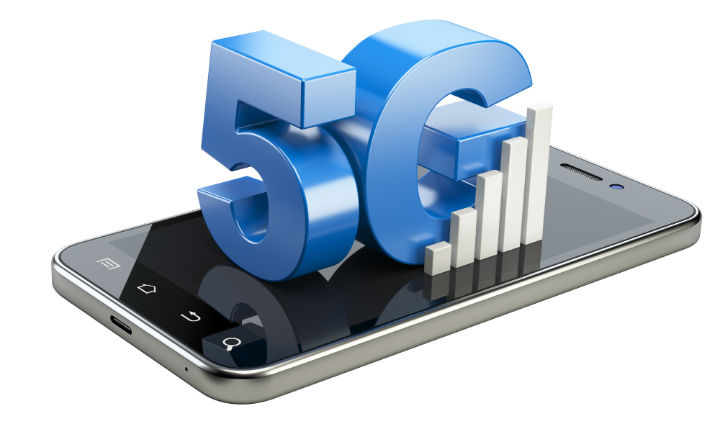Our mobile internet connectivity over the past several years has been defined by mere numbers and letters. 2G brought in text messaging; 3G gave us access to the Internet; and 4G now gives us fairly impressive Internet speeds. 5G is entirely different, and it’s coming this year from the likes of AT&T and Verizon.
In 2017, both carriers will start rolling out 5G pilot programs to select homes and businesses using fixed wireless technologies. Google Fiber is also in the process of testing various technologies, and has even filed an application to test such services.
Why is 5G a Significant Jump from 4G?
5G is not only much faster – up to 10x as fast as the speed on the average 4G mobile network – but there’s also a considerably shorter delay of only 1 millisecond, which is quite an improvement over the current 4G, where the latency on even a reliable connection can be between 50 and 300 milliseconds.
5G can also support 8K UHD video streaming, which is currently the most “bad ass” format of video. 8K is twice the resolution of 4K, so it requires a tremendous amount of bandwidth that only 5G can handle in terms of wireless broadcasting.
5G is also a key factor for popularizing NFC, or near field communication, that is required for mobile wallets and other mobile applications to work with negligible packet loss.
The speed aspect is possibly the most important, and experts say that 5G networks will be able to provide internet speeds of up to 10Gbps, which is faster than most wired fiber connections today.
On a 1Gbps fiber connection, you’ll be able to download a 2-hour HD movie in about 25 seconds. That’s blazing fast, but on a 5G connection you’ll be able to download it in under 3 seconds!
That’s the future of mobile connectivity, and it starts this year. Even though the full infrastructure will take several years to build, 5G is expected to make its appearance this year with widespread testing by several operators, as we’ve mentioned above.
An estimated $5 billion will be spent on standardization of 5G by the time we hit 2020. With so much pressure on them, both carriers as well as their local governments are moving double-time to ensure that the plan is executed smoothly.
Both AT&T and Verizon are well on their way as far as testing these technologies go. They’ve both found their ideal frequencies (15GHz and 28GHz), and have been rigorously testing their capabilities for the initial 5G pilot programs for 2017.
On the device side of things, several mobile manufacturers and electronics companies are now rolling out their 5G device roadmaps, including Nokia, Samsung and Apple. In fact, next year’s Galaxy S8 is expected to be the first smartphone to support 5G connectivity in 2017. Apple has quietly been hiring talent that can work with 5G radio and antenna technology, and Nokia has long been working on its 5G roadmap.
Now that so many players are in the game, the level of activity will naturally escalate to fever pitch. The designated time-line for full 5G capability is 2020, but we’re already seeing early evidences of significant5G connectivity well before then, possibly as early as 2018. There’s still a lot more work to be done, but at least now there are more hands than ever before working on it.
Thanks for reading our work! Please bookmark 1redDrop.com to keep tabs on the hottest, most happening tech and business news from around the world. On Apple News, please favorite the 1redDrop channel to get us in your news feed.



